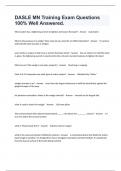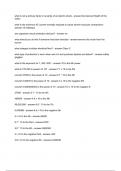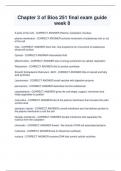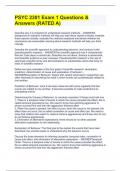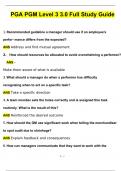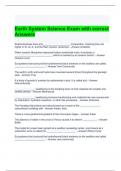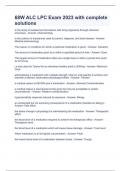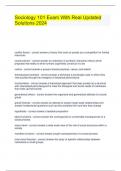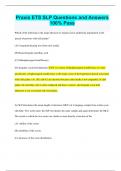Exam (elaborations)
DASLE MN Training Exam Questions 100% Well Answered.
- Course
- Institution
What system has a tightening wrench to tighten and loosen the band? - Answer Automatrix What is the purpose of a wedge? How many do you need for an MOD restoration? - Answer To contour and hold the band securely, 2 wedges auto matrix is unique in that it has a wrench that does what? - A...
[Show more]
